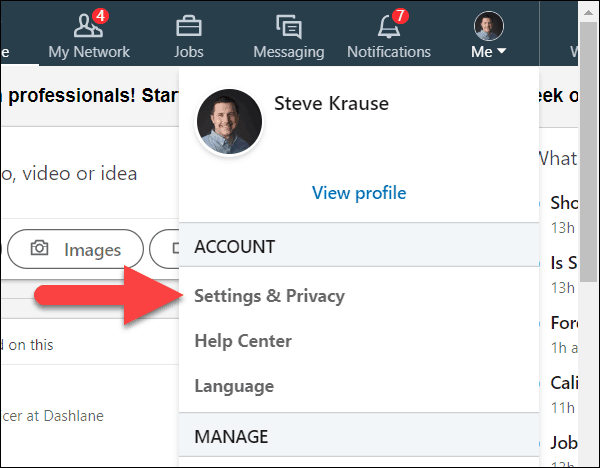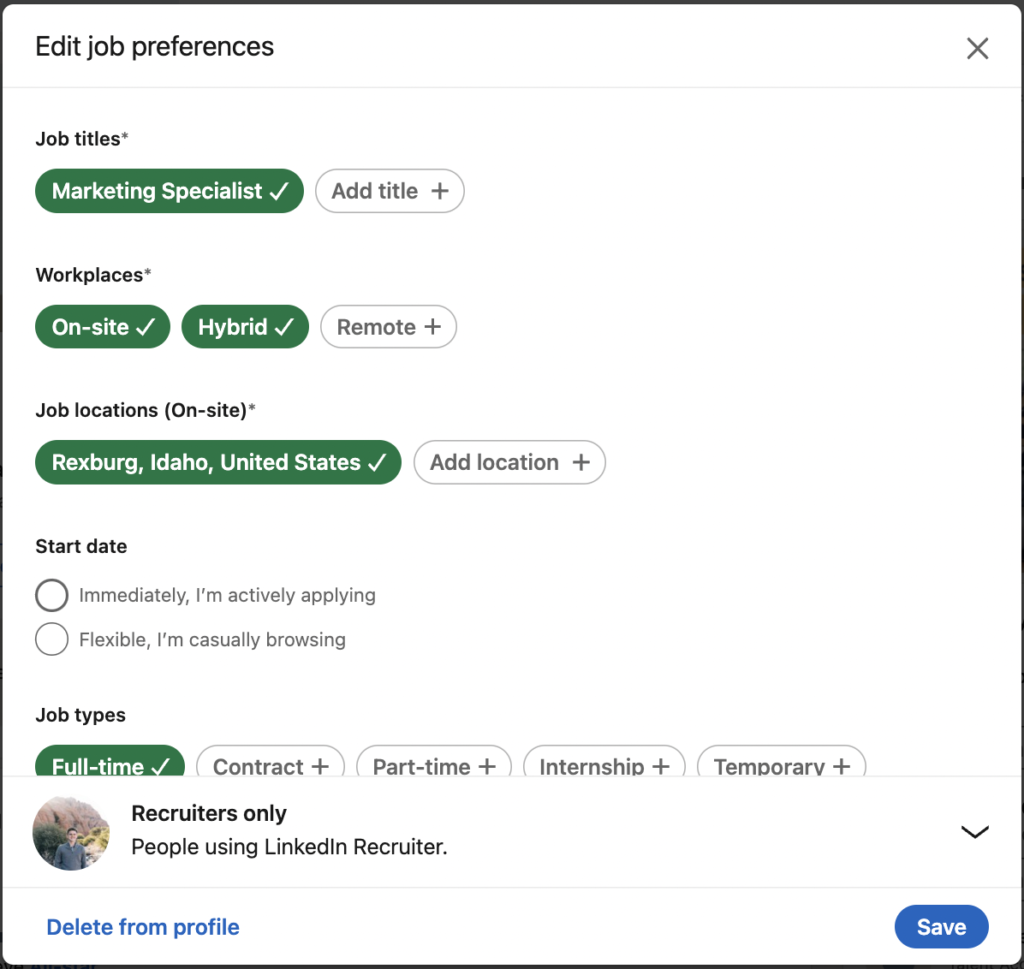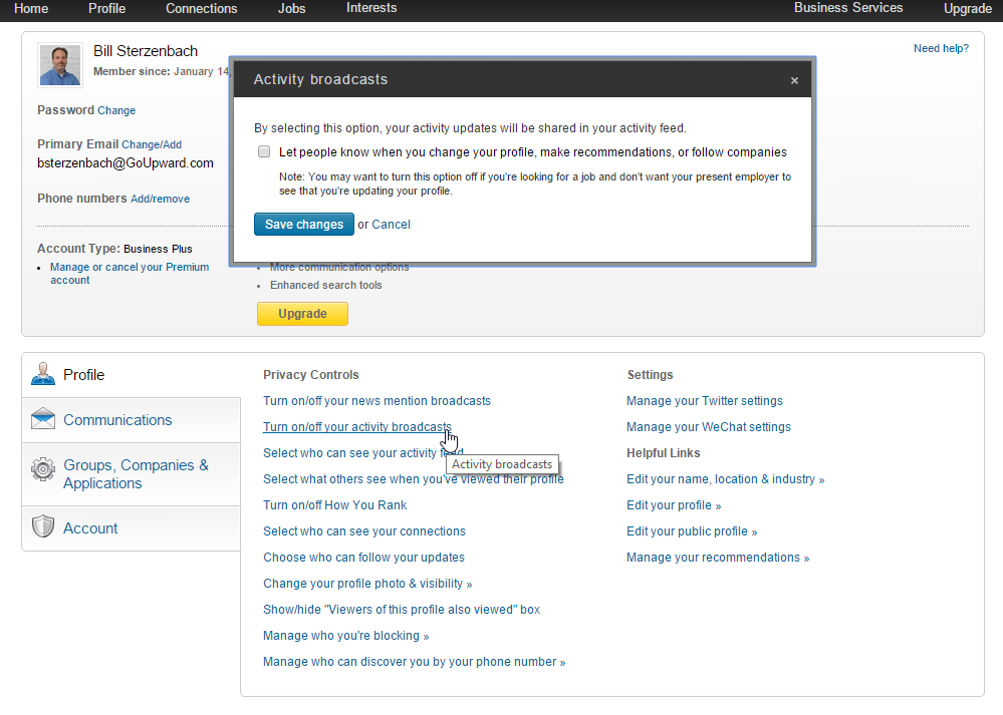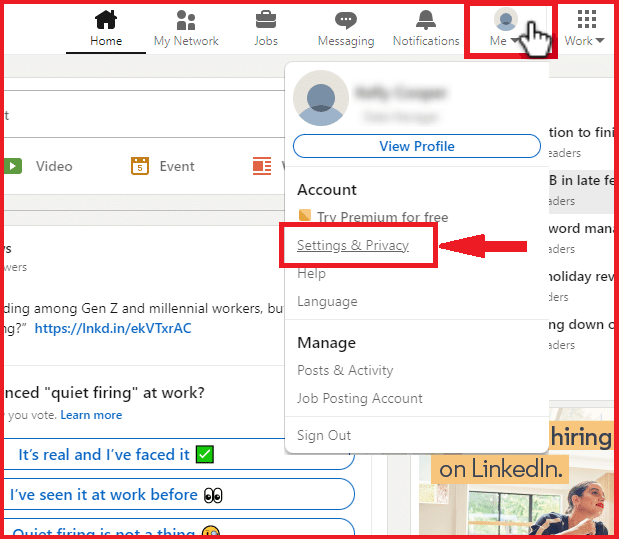Removing your profile from LinkedIn is a decision that many individuals ponder at some point in their professional journey. Whether it's due to privacy concerns, a career shift, or simply wanting to take a break from networking online, understanding how to navigate this process can ease the transition. In this guide, we’ll explore not only the steps to delete your account but also the reasons you might consider taking this significant step.
Reasons for Deleting Your LinkedIn Account

There are several compelling reasons why someone might choose to delete their LinkedIn account. Let’s dive into the most common ones:
- Privacy Concerns: In an age where data breaches are frequent, many users worry about their personal information being shared or exploited. Deleting your account can be a step towards regaining control over your data.
- Career Changes: If you've transitioned to a completely different field or are pursuing a career path that doesn’t require networking, you might feel that maintaining a LinkedIn presence is no longer necessary.
- Overwhelming Notifications: LinkedIn can be inundating with notifications, messages, and connection requests. If you're feeling overwhelmed, stepping away might be a good option.
- Time Management: Many professionals find that they spend too much time on social media. By deleting your account, you can reclaim that time for more productive activities.
- Negative Experiences: If you’ve had unpleasant interactions or feel that the platform no longer serves you positively, it’s perfectly reasonable to consider deletion.
- Change in Networking Preferences: Some users prefer face-to-face networking or other platforms over LinkedIn. This shift can lead to the decision to delete an account.
By understanding your motivations, you can make an informed choice that aligns with your current professional needs and personal values.
Also Read This: How Do You Delete a Contact on LinkedIn? A Simple Process
Steps to Delete Your LinkedIn Profile

Deleting your LinkedIn profile is a straightforward process, but it's essential to follow the steps carefully to ensure everything is done correctly. Here’s a simple guide to help you through it:
- Log into Your Account: Start by logging into your LinkedIn account. Make sure you’re using the desktop version for easier navigation.
- Go to Your Settings: Click on the Me icon at the top of your LinkedIn homepage. From the dropdown menu, select Settings & Privacy.
- Account Management: In the Settings menu, navigate to the Account preferences section. Here, you will find various options related to your account.
- Close Your Account: Scroll down to find Closing your LinkedIn account. Click on it, and LinkedIn will prompt you to choose a reason for leaving.
- Confirm Account Closure: After selecting a reason, click Next. LinkedIn will ask you to confirm your decision. Make sure you have reviewed everything and then click on Close account.
Remember, once you delete your profile, you won’t be able to recover any of your connections or data. So, if you’re unsure, consider temporarily disabling your account instead!
Also Read This: How Long Can a Video Be on LinkedIn? Understanding LinkedIn’s Video Length Limits
What Happens After Deleting Your Account

After you confirm the deletion of your LinkedIn account, several things happen:
- Immediate Deactivation: Your profile will be deactivated immediately. This means others won’t be able to see your profile anymore.
- Data Retention: LinkedIn retains some of your information for 30 days in case you change your mind. During this period, you can reactivate your account simply by logging back in.
- Permanent Deletion: After 30 days, your account and all associated data will be permanently deleted. This includes connections, messages, and any endorsements you received.
It’s also worth noting that if you have any premium subscriptions, they will be canceled as soon as you delete your account. However, any charges made prior to deletion will not be refunded. So, make sure you’ve considered all aspects before taking this step!
Also Read This: How to Delete a LinkedIn Company Page
5. Alternative Options to Consider

Before you take the plunge and remove your LinkedIn profile, it might be worth considering some alternative options that could serve your needs just as well—if not better. Let’s explore a few of these alternatives:
- Deactivate Your Account Temporarily: If you're feeling overwhelmed or simply need a break, you can deactivate your account. This way, you won't lose your connections or profile information, and you can reactivate it whenever you're ready.
- Adjust Your Privacy Settings: Instead of deleting your profile, consider enhancing your privacy settings. You can restrict who views your profile, limit search visibility, and control how your information is shared. This allows you to maintain a presence without feeling exposed.
- Update Your Profile: Sometimes, a simple update can be all you need. Refresh your photo, revise your summary, or change your headline to better reflect your current situation or job search status.
- Network Selectively: Instead of removing your profile entirely, you might choose to limit your networking. Connect only with individuals or groups that are relevant to your current interests or career goals.
Exploring these options can help you retain some level of control over your professional online presence while still catering to your needs. Whether you want a temporary break or just a little more privacy, these alternatives are worth considering.
6. Conclusion
Deciding to remove your LinkedIn profile is not an insignificant choice. While LinkedIn can be a powerful tool for networking and job searching, it may not suit everyone’s preferences or circumstances. Whether you’re prioritizing privacy, taking a break from professional networking, or simply feeling like it’s time to step back, remember that you have options.
In summary:
| Option | Pros | Cons |
|---|---|---|
| Deactivate Account | Easy to reactivate, keeps your connections | No visibility during deactivation |
| Adjust Privacy Settings | Maintains presence, customizable | Still online, but limited visibility |
| Update Profile | Fresh start without losing connections | Time-consuming if major changes needed |
| Network Selectively | Quality connections, less overwhelm | Could limit opportunities |
Ultimately, it’s about what feels right for you. Whatever you decide, taking control of your online presence is a commendable step. Good luck!
 admin
admin








